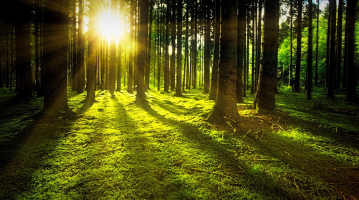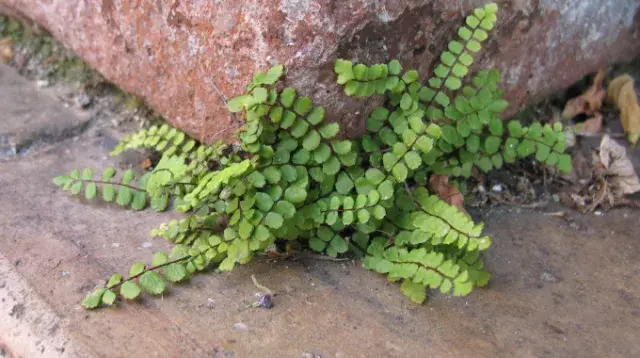Urban biodiversity
Our concrete jungles are teeming with biodiversity that has adapted to our urban lifestyles! Plants, small animals and insects form micro-ecosystems by cohabiting alongside us, providing us with many more services than we realise.
Plants, small animals, insects, they form micro-ecosystems by cohabiting with us, and provide us with many more services than we realise. Whether it’s cleaning up our air, regulating temperatures and humidity, limiting the proliferation of pests or simply improving our quality of life, biodiversity in our towns and cities is a treasure to be encouraged and protected at all costs.
Types of urban biodiversity
While urbanisation is often responsible for major ecosystem loss, some species survive and adapt to city life and all its constraints. Although dominated by people, biodiversity in our urban spaces has found its place and is desperate to be helped along.
On the one hand, there’s the kind of biodiversity we grow ourselves, including flower pots on balconies, windowsills adorned with herbs, window boxes, public parks and gardens, green riverbanks, trees on pavements, colourful roundabouts, and so on. Depending on the climate and local priorities, we also often come across ornamental plants, evergreens and deciduous trees in our towns and cities, a whole range of plant biodiversity chosen for its aesthetic qualities and robustness in urban environments.
On the other hand, there’s the kind of biodiversity we can’t control, like the birds that nest under our roof tiles, the small rodents that make the most of a quiet alleyway, the insects that jump at the slightest hint of greenery, the flowers and plants that spring up between paving stones... a whole range of flora and fauna that has adapted to city life to make the concrete jungle its home and playground. Left to its own devices, biodiversity can be surprising and utterly fascinating.
Our cities are ecosystems like no other – because where there’s greenery, there’s life!
the importance of urban biodiversity
Biodiversity provides a crucial service in helping to provide a balanced living environment for all different species, including humans. But it’s perhaps in our towns and cities that its importance to humans is most obvious. Biodiversity helps make our urban spaces more resilient to climate change. The increasing frequency of heatwaves in recent years is the perfect example of the importance of greening our towns and cities. Plants capture carbon, release oxygen and, through transpiration, help maintain a level of humidity around them that’s beneficial to their growth. This self-regulating mechanism can be used on a large scale to help reduce the heat stored by pavements by up to a few degrees. It can also compensate for the “dome effect” of greenhouse gases. In the height of summer, people flock to parks and gardens to cool off! Over and above the air-conditioning effect, restoring vegetated areas, such as wetlands, can help absorb excess rainwater and strengthen the capacity of river banks to limit damage in the event of flooding.
But urban biodiversity can also contribute to the health of the ecosystem as a whole. Plants and vegetation help clean up the air and soil by capturing dust and other particles, as well as heavy metals. When found alongside watercourses, they can also maintain water quality by filtering out pollutants. Wildlife plays an essential role in maintaining plant biodiversity, particularly by regulating and dispersing it.
Let’s not forget that our towns and cities also act as rest stops or staging posts as part of a much larger territory. Areas of vegetation provide temporary shelter for migratory birds, for example, and ensure ecological continuity from one ecosystem to another, unlike simply an all-concrete break.
Finally, urban biodiversity is a factor in improving our quality of life on a daily basis. It’s an important and scientifically recognised factor in reducing stress and anxiety. The WHO even recommends that all city dwellers should have a green space of at least 0.5ha within a 5-minute walk of their homes. Green spaces offer moments of respite, they become meeting places and facilitate both awareness-raising and education, reminding us that we’re all part of a much bigger system in which we have a role to play.
From giant parks to tiny green roofs, bzzz zones, eco-friendly neighbourhoods and tree plantations, there’s no such thing as a small contribution!

Biodiversity is all around us!
Find out more about forest biodiversity

Join the Botany for Change movement!
Find out more about our approach to changing our relationship with plants

